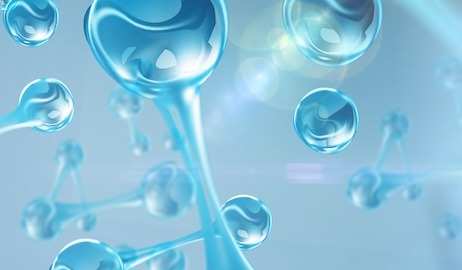Product introduction
Lipids are a class of bioorganic molecules that are insoluble in water and easily soluble in non-polar solvents. They are involved in a variety of life processes and closely related to the occurrence and development of a variety of diseases. Lipidomics is a high-throughput analytical technique based on liquid chromatography-mass spectrometry (LC-MS) to systematically analyze and understand the nature and functions of lipids by conducting comprehensive and systematic analysis and identification of lipids in organisms, tissues, or cells.
Quantitative lipidomics is a high-throughput targeted technique by performing MRM mode that enables accurate lipid quantification.
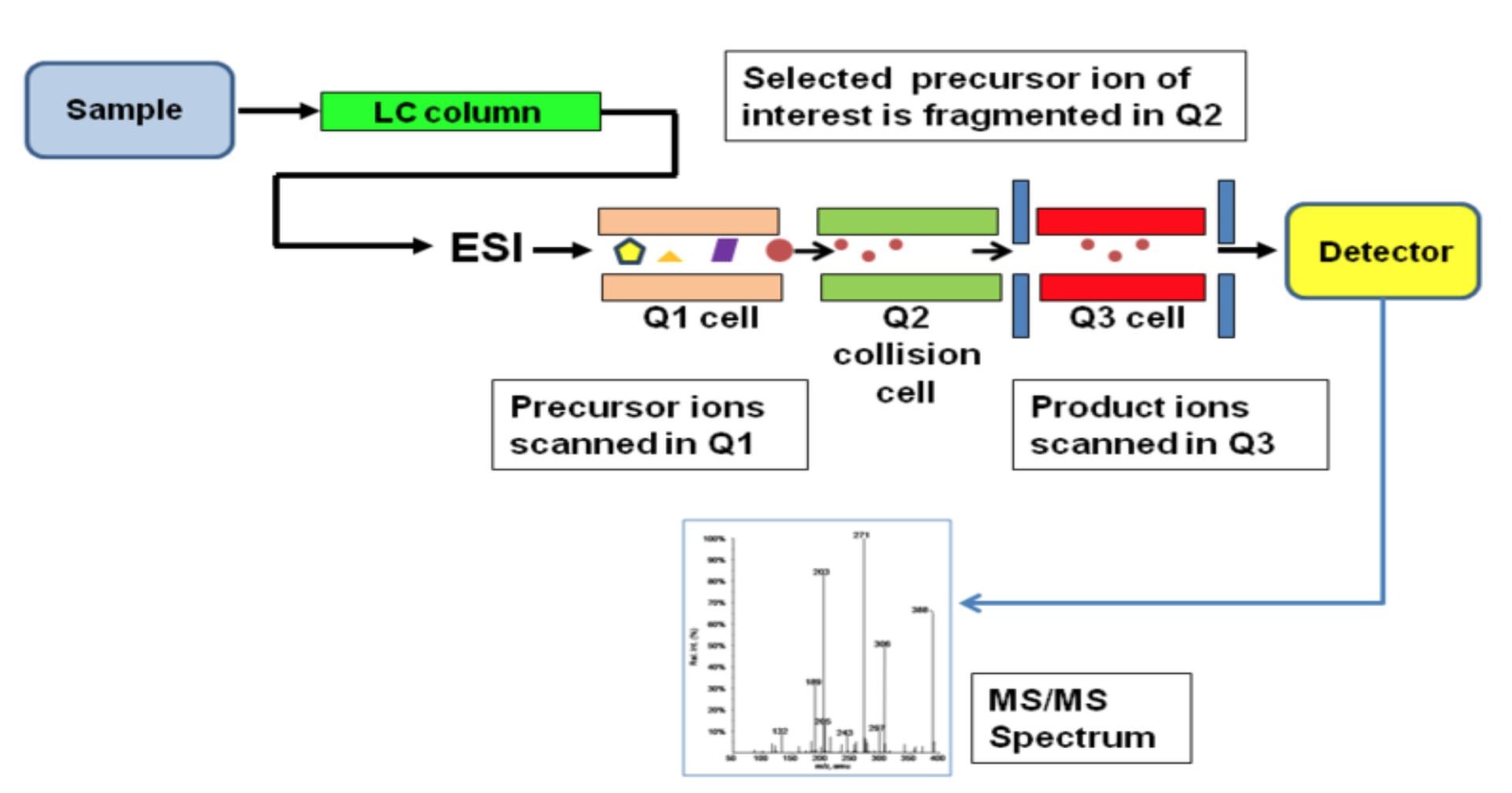
Function and classification of lipids:
Lipids function: Lipids are essential components of biological systems, participating in energy metabolism, biomembrane structural organization, signal transduction, inflammatory regulation, macromolecular recognition and cellular processes including apoptosis, growth, differentiation, and motility.
Lipids classification:
- Fatty Acyls (FA)
- Glycerophospholipids (GP)
- Sterol Lipids (ST)
- Saccharolipids (SL)
- Glycerolipids (GL)
- Sphingolipids (SP)
- Prenol Lipids (PR)
- Polyketides (PK)
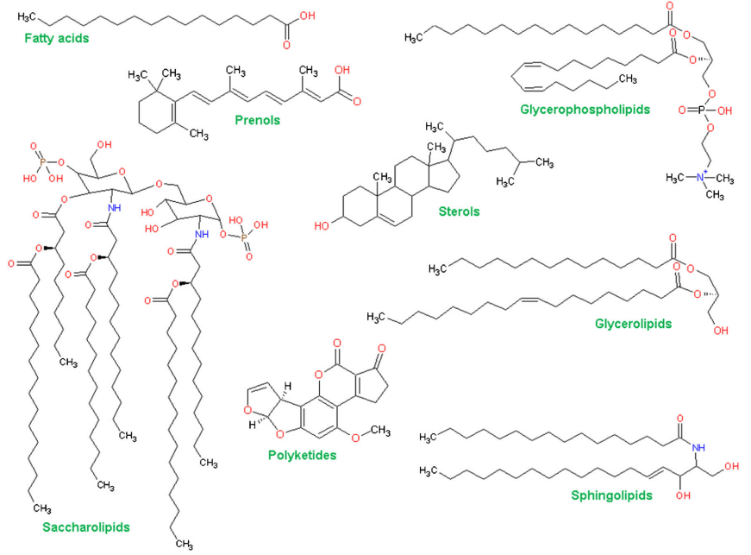
Advantages:
- Ultra-high Accuracy and Sensitivity
- The use of an extremely accurate mass spectrometer, the AB SCIEX6500+, allowing detection down to pg levels.
- Absolute quantitative lipid analysis and lipid quantification utilizing the internal standard approach provides more precise results (standard + isotope internal standard).
- High throughput and wide coverage
- Over 4000 and more than 51 types of lipids can be simultaneously measured in a single lipid detection process
- High reproducibility
- Enhanced reproducibility is achieved through intra-batch correction in large-scale sample cohorts.
Sample requirements:
| Sample type | Untargeted Lipidomics |
| Human & Animal tissue | 100mg |
| Plasma/Serum | 100μL |
| Urine | 500μL |
| Saliva | 500μL |
| Feces/Intestinal contents | 200mg |
Specifications:
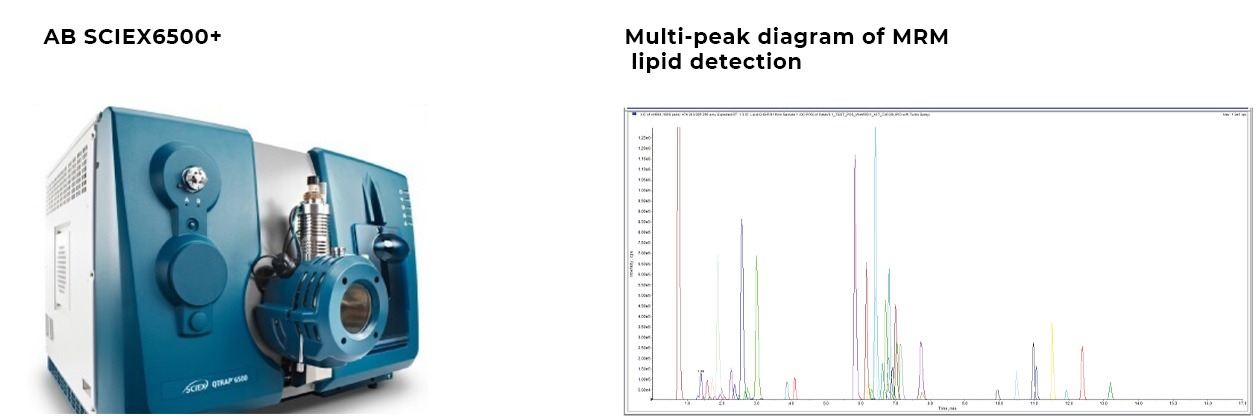
Project Workflow
Quantitative lipidomics research experimental procedures can be divided into sample collection, lipid extraction, LC-MS/MS detection and data analysis. The experimental flow chart is showed below. At Novogene, we strictly control each experimental step to realize the standardized operation of lipidomics, fundamentally ensure the accuracy and reliability of the detection data, and ensure the output of high-quality data.

BI analysis
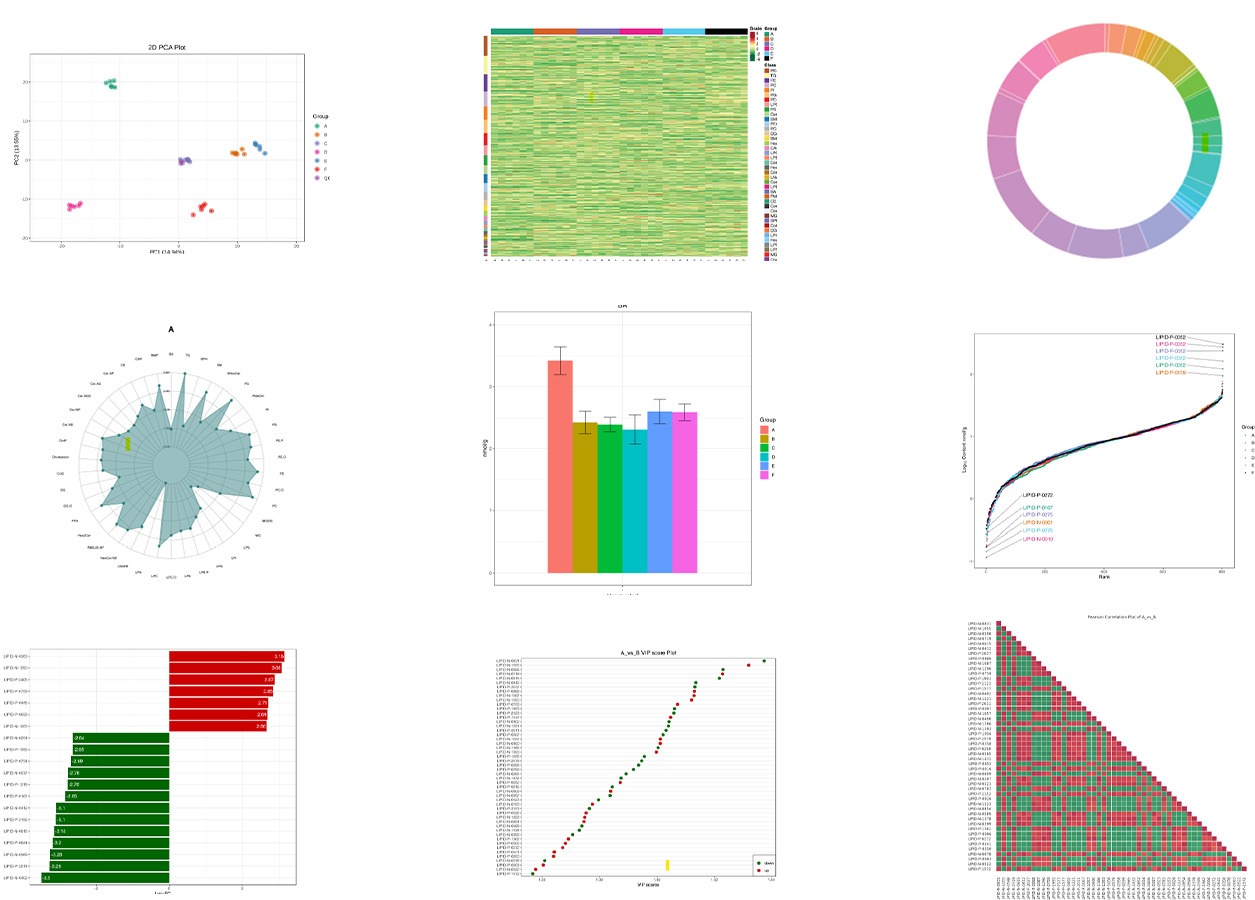
More Research Services

